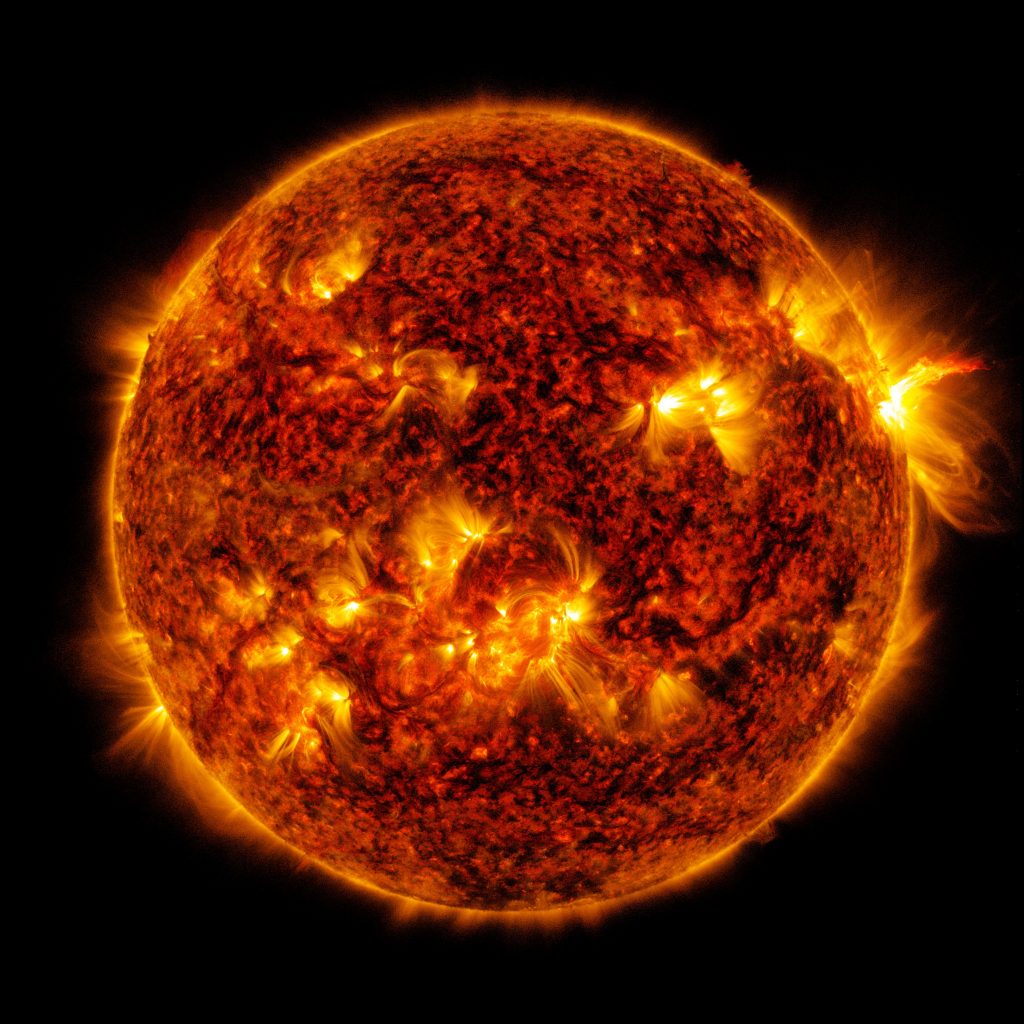Europe's Solar Orbiter spots two snakes slithering across Sun’s surface: Check out this video

The European Space Agency-led Solar Orbiter mission recently spotted two solar snakes slithering on the Sun. The snakes were actually a tube of cool plasma suspended by magnetic fields in the hotter surrounding plasma of the Sun's atmosphere.
The solar snake was observed by the mission on 5 September 2022, as Solar Orbiter was approaching the Sun for a close pass that took place on 12 October. Another snake slithered along the same path one day before.
"What makes the snake so intriguing is that it began from a solar active region that later erupted, ejecting billions of tonnes of plasma into space. This raises the possibility that the snake was a sort of precursor to this event – and Solar Orbiter caught it all in numerous instruments," ESA wrote in a post.
Check out this video shared by ESA that shows the plasma in the snake following a particularly long filament of the Sun's magnetic field that is reaching from one side of the Sun to another. The video is a time-lapse of images from the Extreme Ultraviolet Imager onboard the spacecraft. In reality, the snake took around three hours to complete its journey.
Video Credit: ESA & NASA/Solar Orbiter/EUI Team; acknowledgement: Frédéric Auchère, IAS
"You're getting plasma flowing from one side to the other but the magnetic field is really twisted. So you're getting this change in direction because we're looking down on a twisted structure," says David Long, Mullard Space Science Laboratory (UCL), UK, who is heading up the investigation into the phenomenon.
Solar Orbiter is an international collaboration mission between ESA and NASA aimed at unravelling the mysteries of the solar cycle. It launched on 10 February 2020 and recently celebrated its 1000th day in space.
Back in October, the mission experienced its second close encounter with the Sun, delivering more stunning data, and at a higher resolution than ever before.
- READ MORE ON:
- Solar Orbiter
- solar snakes
- snake on the Sun
- ESA
- NASA/ESA Solar Orbiter










